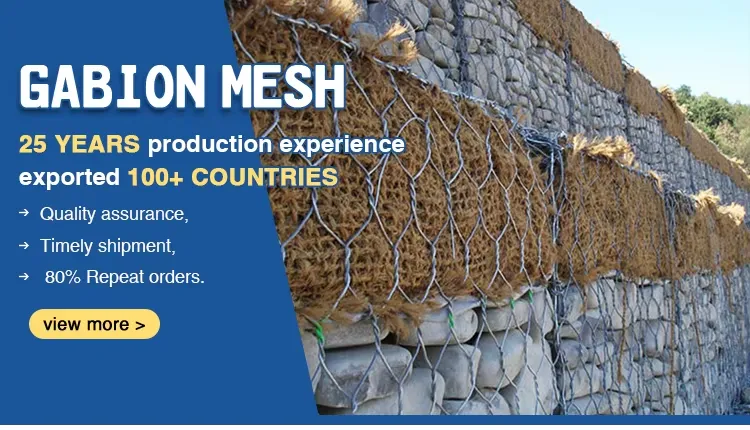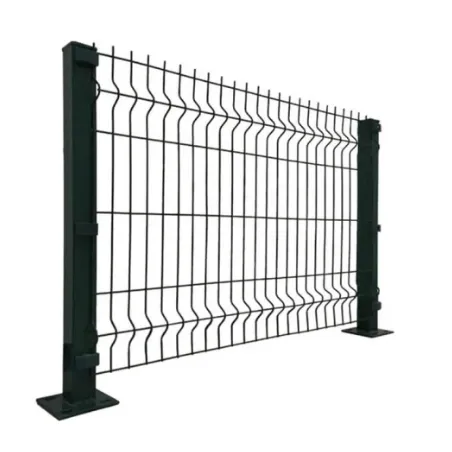Feb . 07, 2025 03:53 Back to list
different types of drywall corner bead


The swift advancement of technology has introduced bead types that encompass enhanced functionalities. Flexible beads, for instance, have become increasingly popular due to their ability to adapt to both convex or concave surfaces. These beads provide a seamless finish with minimal effort and are particularly useful when working with irregular surfaces or complex architectural elements. In recent years, trim beads have gained traction for their aesthetic benefits. These beads allow for the incorporation of intricate details and can play a critical role in adding depth to the visual landscape of interiors. Typically made from lightweight composite materials, trim beads are perfect for creating shadow lines and intricate textures without the added weight of traditional materials. When selecting drywall beads, attention should be paid to factors like the purpose of the bead, the conditions of the environment (such as humidity levels), and the skill level required for installation. Proper installation is crucial in ensuring the credible strength and integrity of the finished surfaces. Typically, the application involves attaching the bead using screws, nails, or a proprietary adhesive, followed by layering joint compound over it to create a seamless edge. From an authoritative perspective, understanding the specific applications and benefits of each drywall bead type will enhance your capability to recommend suitable products for every unique project. Moreover, having this knowledge improves client trust, as you can confidently ensure that the materials used will not only meet aesthetic desires but will also be robust and withstand the test of time. Incorporating this knowledge into practical use allows for experience-based learning, ultimately rounding out one’s expertise in the field of drywall installation. Whether for functional or decorative purposes, the proper use of drywall bead types accentuates the finesse and quality of any construction or renovation endeavor.
Latest News
-
Brick Mesh Wall Solutions | Enhanced by GPT-4 Turbo Design
NewsAug.01,2025
-
Premium Anti-Climb Fence Spikes for Sale
NewsAug.01,2025
-
Premium Peach Post Fence | Durable & Stylish Security
NewsJul.31,2025
-
Best Galvanized Grating Price - Durable Galvanized Steel Grating Solutions
NewsJul.30,2025
-
0.5-4.0mm Wire 2×2 4×4 8×8 Hot Dipped Galvanized Welded Mesh Roll
NewsJul.30,2025
-
Metal Fence Pickets for Sale – Durable Galvanized & Steel Options
NewsJul.29,2025
Our company owns has excellent CAD steel grating drawing designers, who can provide customers with perfect steel grating layout design and better meet customers' special requirements for products. We have been adhering to it the business tenet of "quality first, customer first", with high-quality products, reasonable prices, and the fastest delivery time, we wholeheartedly provide customers with a full range of services! Welcome new and old customers to cooperate sincerely and create brilliance together!
Contact Us
WELCOME TO OUR COMPANY!
Thank you for your interest in our services! If you have any questions or wousld like to book a service, please don’t hesitate to contact us. Our team is dedicated to providing you with the highest level of service and support, and we are committed to working with you to make your event a success.

Service Email

Service Phone
Product Center
Contact Us
- Phone: +86 +86 15733154345
- E-mail: sales@chengsenchina.com
- Address: B1213 GLOBAL CENTER, NO.226 ZHONGHUA NORTH STREET, SHIJIAHUANG, CHINA


























